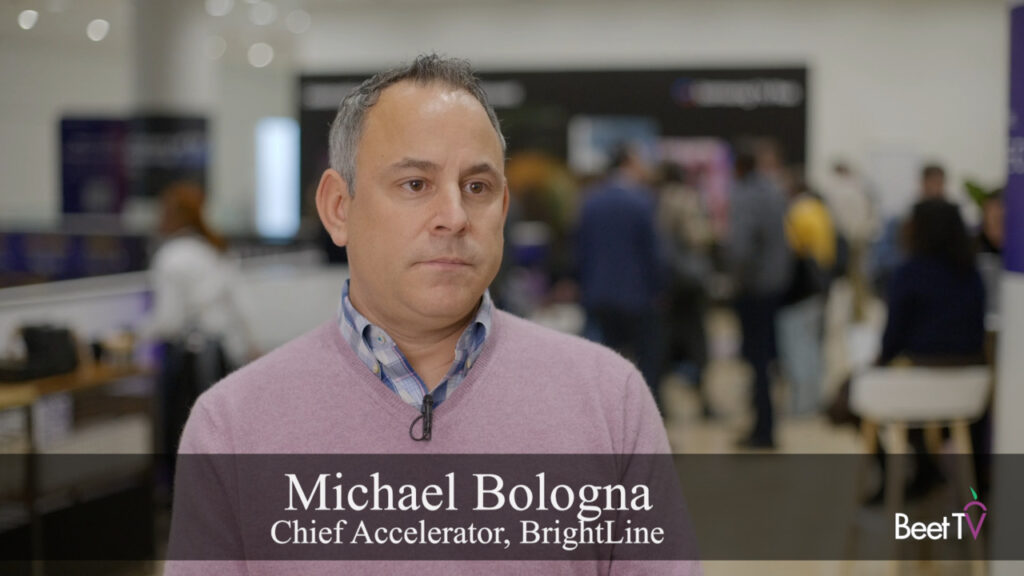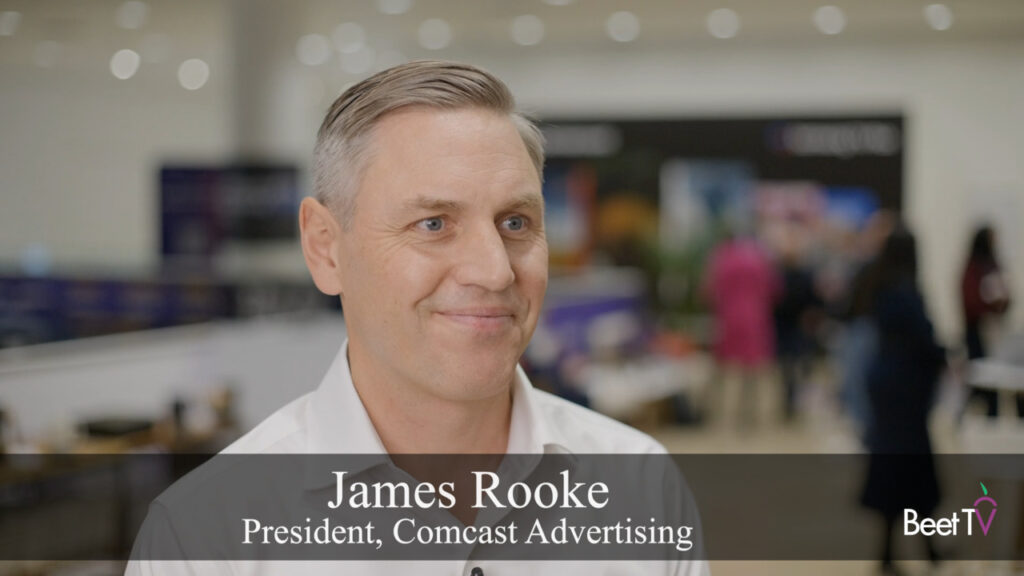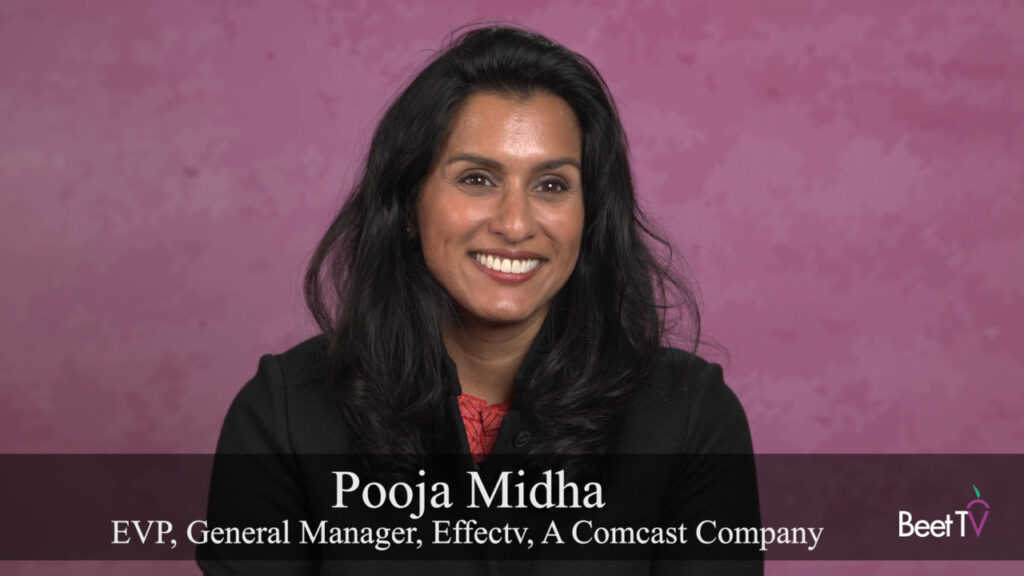Looking at clips on YouTube, Google Video, video blogs and various video aggregation sites, we find lots of sophomoric humor and some just plain asinine behavior. Is the face of community content really going to be so silly? Are the young people being empowered with video and these new content sharing platforms going to use these powerful tools to create so much light-weight fare?
MIT’s Henry Jenkins, who heads the Comparative Media Studies Program, believes that what we’re seeing with young people is just the beginning of a new way of communicating. He calls what’s happening at social networking sites “playing with information,” and says that the MySpace generation will grow up to use those valuable tools to have a profound impact on how they communicate about more important things like politics.
We also believe that young people will soon produce thoughtful, powerful content that will impact society. It’s an inevitable progression – and we looking forward to seeing it.
– – Andy Plesser
Other relevant articles of interest to The Beet’s readers:
>> The New York Times reports on the shift from print ads in newspapers to advertising online on newspaper sites.
>> Wade Roush, of MIT’s Technology Review, examines the phenomenon of video sharing, and makes some predictions about what the future of video sharing sites will be.
>> Steve Bryant at the Online Journalism Review does a re-cap of how online news video has changed in the last three months, including the types of video that work for news, the context of the videos on news websites, and the amount of time viewers are spending on online videos at news sites.
MySpace, MIT, Social Networking, Wade Roush, New York Times, Henry Jenkins



























